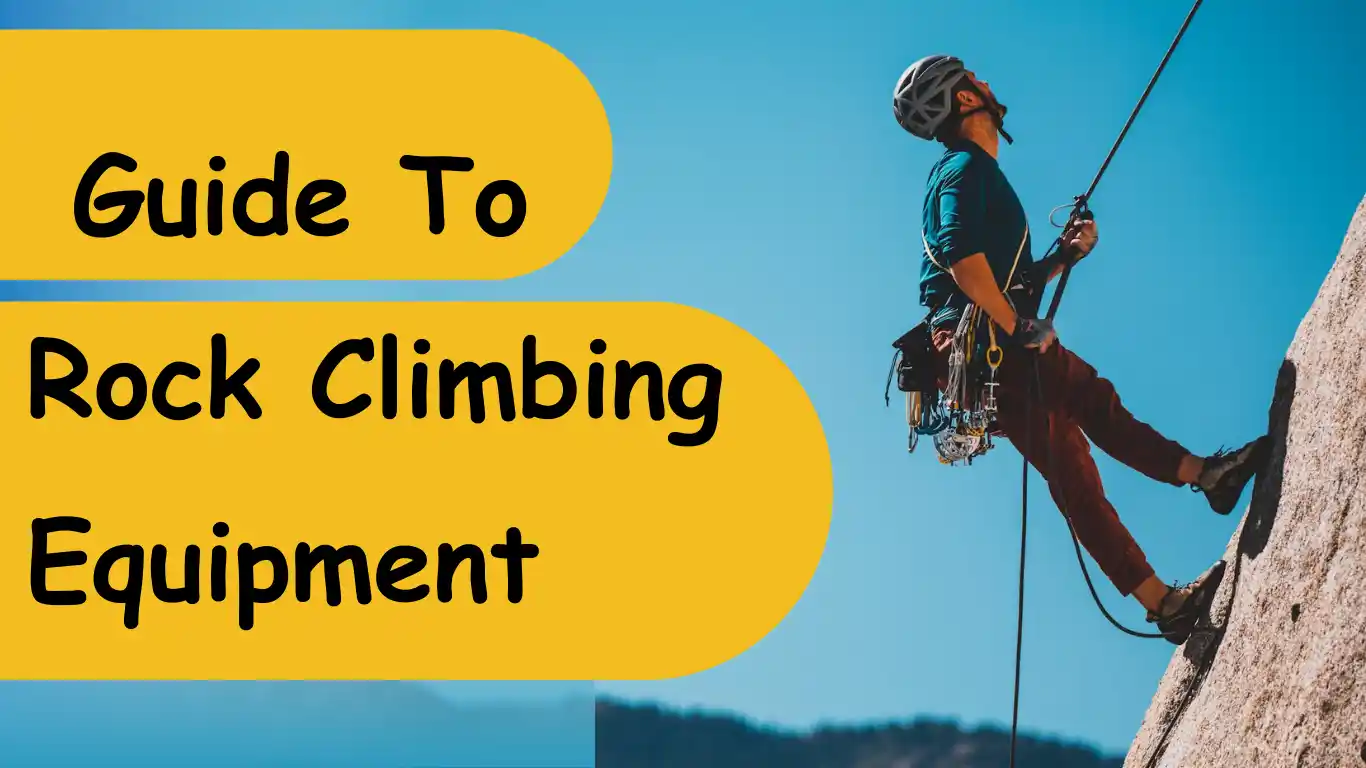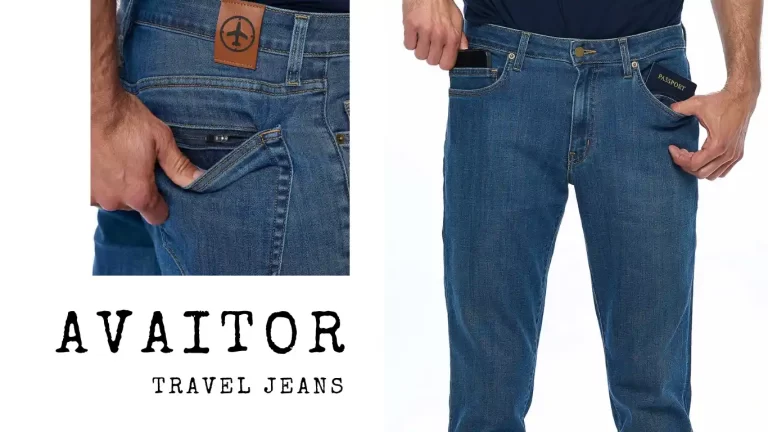The information provided here is for educational and informational purposes only. It should NOT be construed as an advice or a recommendation. Readers are advised to consult with a professional before making any decisions. We must not be held liable for any situation as a result of the information provided in this blog.
Imagine the thrill of conquering a towering rock face, the wind whipping through your hair as you navigate handholds and cracks. No one can deny that rock climbing is an exhilarating sport that tests our physical and mental prowess, pushing you to new limits. But before we embark on this vertical adventure, ensure we are equipped with the right gear.
Rock Climbing Equipment
This comprehensive page explores the essential tools and rock climbing equipment needed for a safe and successful climb, providing a breakdown of their functions, types, and considerations when choosing your gear.
Current Trends in Rock Climbing Equipment
The world of rock climbing equipment is constantly evolving, with manufacturers focusing on advancements in:
- Modern harnesses and carabiners utilize lightweight materials like aluminum alloys and Dyneema® fibers for exceptional strength-to-weight ratios, reducing overall weight carried by climbers.
- Belay devices boast innovative designs that enhance efficiency and user-friendliness, while carabiners come equipped with locking mechanisms for added security.
- Eco-conscious climbers are opting for gear made from recycled materials or with minimal environmental impact.
Gearing Up: A Look at Essential Rock Climbing Equipment
Now, let us get into the specific equipment that forms the foundation of a climber’s kit.
1. Safety Essentials
- Climbing Shoes
- They provide exceptional grip and sensitivity on rock surfaces, allowing for precise footwork and movements. These are available in various styles like stiff downturned shoes for edging on small holds, or flat-soled shoes for smearing on friction slabs. They cost around $100 – $250.
- Harness
- It is a crucial safety device that distributes the force of a fall across the body. There are various types like sit harnesses (most common), full-body harnesses (used for big wall climbing), and chest harnesses (for children). They cost around $50 – $200. These ensure a proper fit that allows for full range of motion and comfort during extended climbing sessions.
- Helmet
- Protects the head from falling debris or impact during a fall. Climbing-specific helmets are lightweight and meet UIAA (International Climbing and Mountaineering Federation) safety standards. They may cost around $40 – $120. We should choose a helmet that sits comfortably and securely on our head.
2. Rope System
- Climbing Rope
- This is the lifeline of a climber, used for belaying and catching falls. They are dynamic ropes (stretch to absorb fall impact) and static ropes (minimal stretch, used for rappelling). They cost around 150 – $400+ (depending on length and diameter). Rope length is chosen based on the climbing area’s route height. Opt for a rope that is UIAA certified.
- Carabiners
- These are metal connectors used to link various components of the climbing system. They are locking and non-locking carabiners. Locking carabiners offer additional security for critical connections. They come at around $10 – $50 each. We should choose carabiners with a large enough gate opening to accommodate smooth clipping and unclipping.
- Belay Device
- This is a friction device used by the belayer to control the rope during climbing, lowering, and arresting falls. They are tube-style devices (simple to use), and assisted-locking devices (offer increased safety features). They cost around $30 – $100. We should select a belay device that is user-friendly and compatible with the type of climbing you intend to do.
- Quickdraws
- These are sets of two carabiners connected by a short sling, used to clip the rope into bolts pre-drilled into the rock face and cost around $15 – $30 per quickdraw. They should be with durable slings and easy-to-clip carabiners.
🟩🟢 Discover Unmatched Beach Adventures in the USA – Your Gateway to Excitement
Building Your Anchor
- Protection (Nuts, Cams, Hexes)
- These are placed into cracks or features in the rock to provide a secure anchor system in case of a fall. There are various shapes and sizes to fit different crack configurations and come at a cost of around $10 – $50 each piece. You should have knowledge of proper placement techniques to ensure safety.
- Slings and Runners
- These are durable loops of webbing used to extend protection placements or create anchors and cost around $5 – $15 each.Choose slings of appropriate length and strength based on the intended use.
- Nut Tool
- A specialized tool used to remove stuck nuts or other protection devices. They cost around $20 – $40. These are not essential for beginners, but valuable for more experienced climbers.

Additional Gear
- Climbing Chalk and Chalk Bag
- They help absorb moisture from hands, improving grip on rock holds and cost around $10 – $20 (chalk) & $10 – $30 (chalk bag). Choose a chalk bag that attaches easily to your harness and allows for easy access.
- Climbing Tape
- It is used to protect fingers from abrasions and minor injuries and cost nearly $5 – $10. We should look for tape with good adhesion and tear resistance.
- Climbing Rope Bag
- This bag protects the climbing rope from dirt, sun damage, and abrasion during transport and storage and comes around at $20 – $50. We should choose a bag that is large enough to accommodate your rope and has features for easy coiling.
Bouldering Essentials
- Bouldering Pad
- This is a thick crash pad used to cushion falls in bouldering (climbing short, challenging routes without ropes) and it is available in various sizes and thicknesses. They cost around $100 – $300. Choose a pad that is thick enough to absorb the impact of falls from the intended climbing height.
- Guidebook or Topo
- It Provides information about climbing routes, grades, directions to the climbing area, and other relevant details. Look for a guidebook or topo specific to the area you plan to climb.
Additional Resources
- The American Alpine Club (https://membership.americanalpineclub.org/)
- The Access Fund (https://www.accessfund.org/)
- The National Climbing Coalition (https://nococlimbing.org/about-us/)
Beyond the Basics: Advanced Rock Climbing Gear and Considerations
In addition to the essential tools for getting started, the world of rock climbing equipment extends further for those venturing into more technical climbs or specialized disciplines. Here is a glimpse into some advanced gear and considerations:
| Discipline | Gear | Description | Estimated Cost |
|---|---|---|---|
| Big Wall Climbing | Haul Bags | Large waterproof bags for transporting supplies and equipment up long climbs. | $150 – $500+ |
| Wall Haulers | Mechanical devices that assist with hauling heavy loads on big walls. | $500 – $2000+ | |
| Portaledges | Lightweight hanging tents for sleeping and resting on big walls. | $300 – $1000+ | |
| Trad Climbing (Climbing with placed protection) | Double Ropes | Two ropes used for redundancy in case one rope gets damaged. | $200 – $400+ (per rope) |
| Camming Devices | Advanced protection devices that fit securely in various sized cracks. | $30 – $100 each | |
| Tricams & Hexes | Specialized protection for specific crack shapes and sizes. | $20 – $50 each | |
| Ice Climbing | Ice Axes | Specially designed axes with ice picks and adzes for climbing and arresting falls. | $150 – $400+ |
| Crampons | Spiked footwear for traction on snow and ice. | $100 – $300+ | |
| Ice Screws | Anchors specifically designed for screwing into ice for belaying and rappelling. | $20 – $50 each | |
| Sport Climbing | Quickdraws with Dyneema Slings | Lightweight, durable slings for efficient clipping on sport climbing routes. | $20 – $50 each |
| Auto-Locking Belay Devices | Offer additional safety features for automatic locking during falls. | $50 – $150 |
Important Tips
- Never attempt to use advanced equipment without receiving proper instruction from a qualified professional.
- In big wall and trad climbing, minimizing weight is essential. Look for lightweight materials and efficient gear systems.
- We should be prepared for varying weather conditions with appropriate clothing and equipment.
- While some budget-friendly options exist, prioritize durability and safety when choosing your equipment.
- We should regularly inspect our gear for signs of wear and tear, and follow recommended maintenance procedures.
- Let us always research the specific climbing area and be aware of potential hazards and regulations.
🟩🟢 Playa del Carmen, Mexico: Sun, Sand, Serenity and Adventure
Bottomline
Rock climbing offers a unique blend of physical challenge, mental focus, and the thrill of exploration. By familiarizing ourselves with the essential equipment, seeking proper training, and prioritizing safety, we can pave the way for a rewarding and enriching climbing experience. Remember, the journey is just as important as the destination, so we must enjoy the process of learning, growing, and pushing your limits in this exciting sport.
Frequently Asked Questions
What basic equipment do I need to start rock climbing?
For anyone new to rock climbing, the essential gear includes climbing shoes for better grip on rock surfaces, a harness that secures you while you climb, a helmet to protect your head from falling debris or impacts, and a belay device used for rope management to ensure safety. Carabiners, quickdraws for sport climbing, and a chalk bag to keep your hands dry are also key components. This guide dives deeper into each piece of equipment, explaining its purpose and how to choose the best one for your climbing adventures.
How do I choose the right climbing shoes?
Selecting the right climbing shoes is crucial for both comfort and performance. The guide recommends considering several factors, including the type of climbing you will be doing (e.g., bouldering, sport climbing, or multi-pitch routes), the shoe’s fit (it should be snug but not painfully tight), and the shape of the shoe (aggressive downturned shoes for overhangs vs. flat shoes for slab climbing). Material and closure system (lace-up, Velcro, or slip-on) also play a role in your decision.
Is it necessary to buy all my equipment, or can I rent some?
While investing in your own gear is beneficial for frequent climbers due to reasons of hygiene, fit, and familiarity, beginners or occasional climbers might prefer renting some equipment. Most climbing gyms and many outdoor climbing areas offer rental options for basic gear like shoes, harnesses, and helmets. Renting can be a cost-effective way to try out different types of gear and understand what works best for you before making any purchases.










